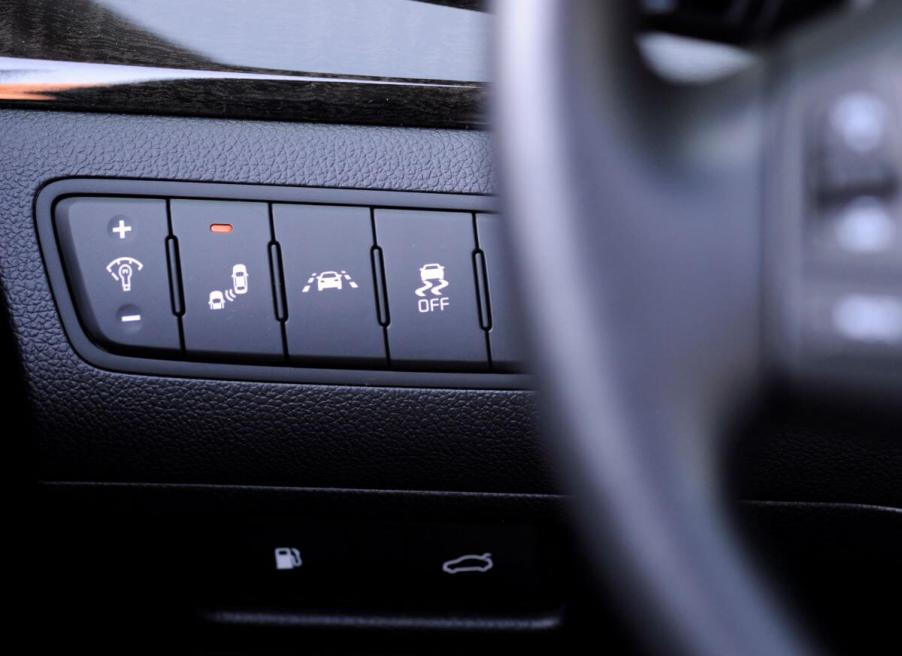
The 4 Driver Assistance Technologies the NHTSA Recommends
The National Highway Traffic Safety Administration (NHTSA) is a regulatory agency within the United States Department of Transportation that plays a crucial role in ensuring the safety of vehicles on American roads.
As part of its mission, the NHTSA evaluates and recommends various driver assistance technologies that can help prevent accidents and enhance overall road safety. In its reviews, the NHTSA pays close attention to four key technologies: forward collision warning, lane departure warning, automatic emergency braking, and rearview video systems. Let’s explore each one in more detail.
1. Forward collision warning
Forward collision warning (FCW) is a driver assistance system that uses sensors to detect the distance between your vehicle and the one ahead. If it determines that a collision is imminent, it alerts the driver through visual or auditory cues, giving them time to react and potentially avoid the accident. This technology can significantly reduce the severity of crashes and has become increasingly common in modern vehicles.
2. Lane departure warning
Lane departure warning (LDW) is another critical technology that the NHTSA recommends. It uses cameras or sensors to monitor the vehicle’s position within the lane. If the system detects that the car is unintentionally drifting out of the lane, it alerts the driver through visual or auditory warnings. LDW can be particularly useful in preventing accidents caused by drowsy or distracted driving.
3. Automatic emergency braking
Automatic emergency braking (AEB) is a more advanced driver assistance technology that can help mitigate or even prevent collisions. AEB systems use sensors to monitor the road ahead and automatically apply the brakes if a potential collision is detected. This technology can be particularly effective in situations where the driver fails to respond in time or underestimates the severity of a possible crash.
4. Rearview video systems
Rearview video systems, commonly known as backup cameras, are designed to improve visibility and reduce the risk of backing accidents. These systems use cameras mounted at the car’s rear to provide the driver with a live video feed of the area behind the vehicle. This helps drivers detect obstacles, pedestrians, or other vehicles that may be in their blind spots while reversing.
Are these standard safety technologies?

Not exactly. The NHTSA‘s recommendations for driver assistance technologies highlight the agency’s commitment to improving road safety through innovative solutions. While forward collision warning, lane departure warning, automatic emergency braking, and rearview video systems have proven effective in preventing accidents, remember that not all vehicles come equipped with these technologies as standard features. These technologies may sometimes be available only on certain trims or as optional extras. So, be sure to conduct your own research and consider these safety features when purchasing a new vehicle to have the best possible protection on the road.




